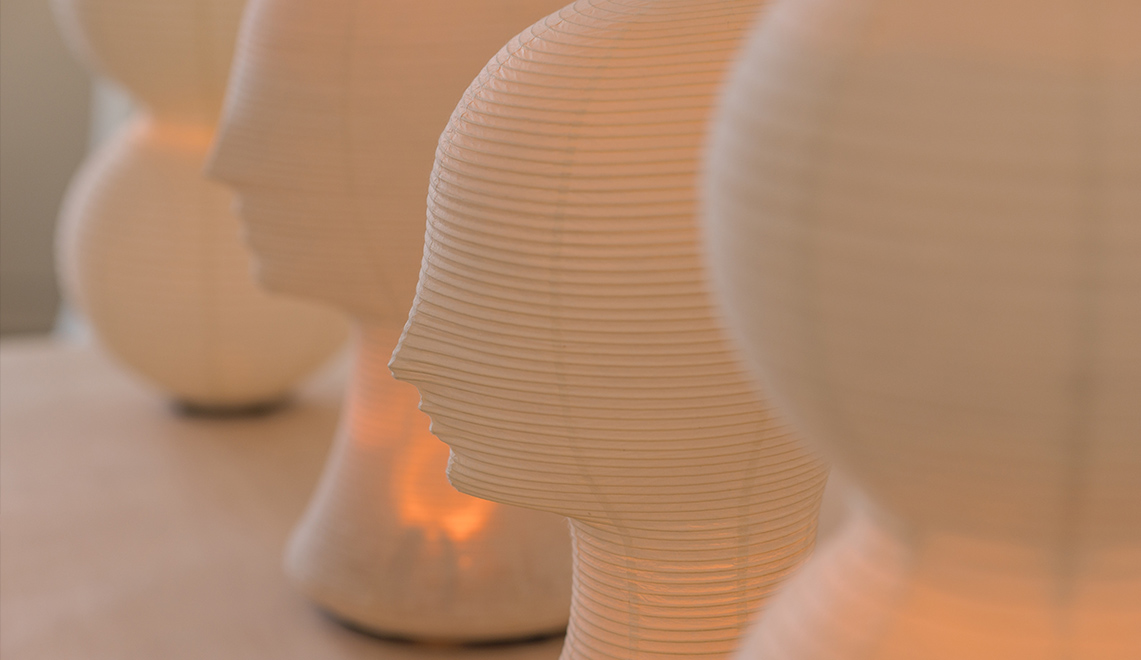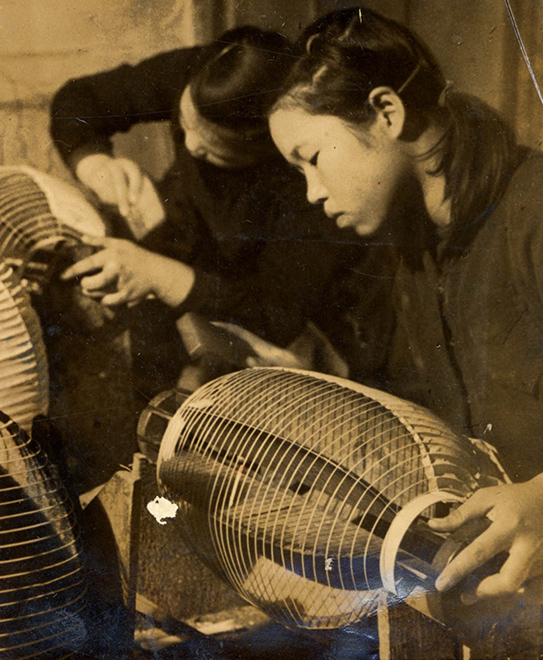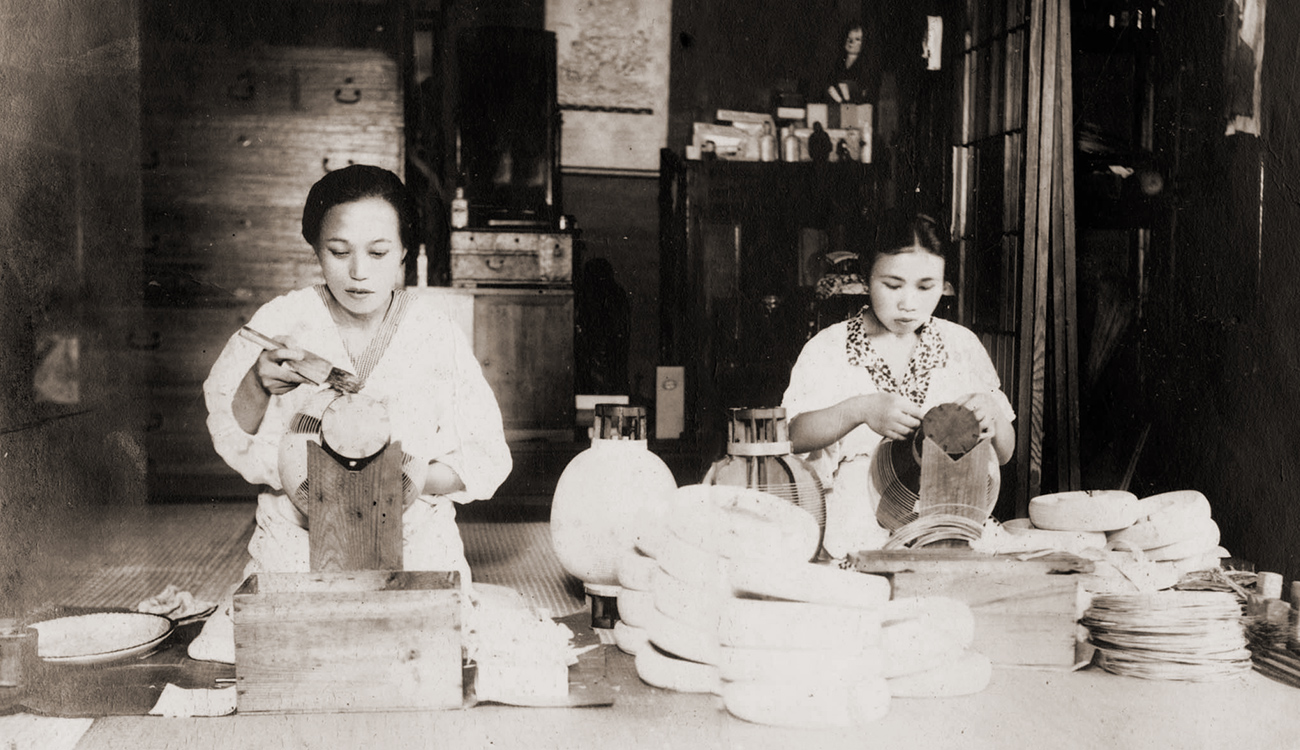
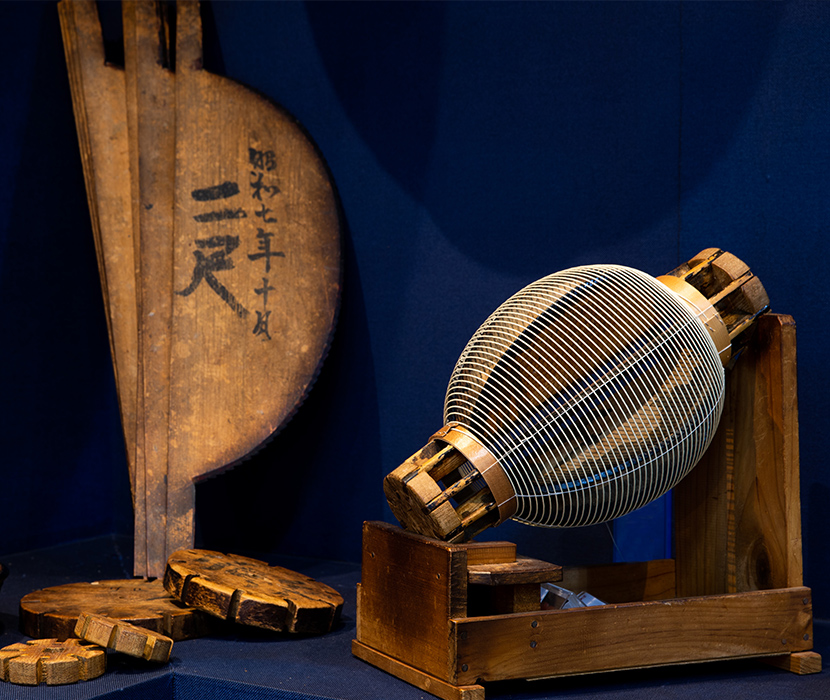
水戸で生まれた堅牢な提灯
「水府」とは、江戸時代に呼ばれた水戸の別称です。
そのため、水戸で作られる提灯は「水府提灯」と呼ばれます。今でも水戸は、九州の八女、岐阜と並ぶ提灯の三大産地の1つなのです。
Robust Chochin born in Mito
"Sifu-fu" is another name for Mito, as it was called in the Edo period. Therefore, chochin made in Mito are called "Suifu chochin". Even today, Mito is one of the three major production centers of chochin, along with Yame in Kyushu and Gifu.
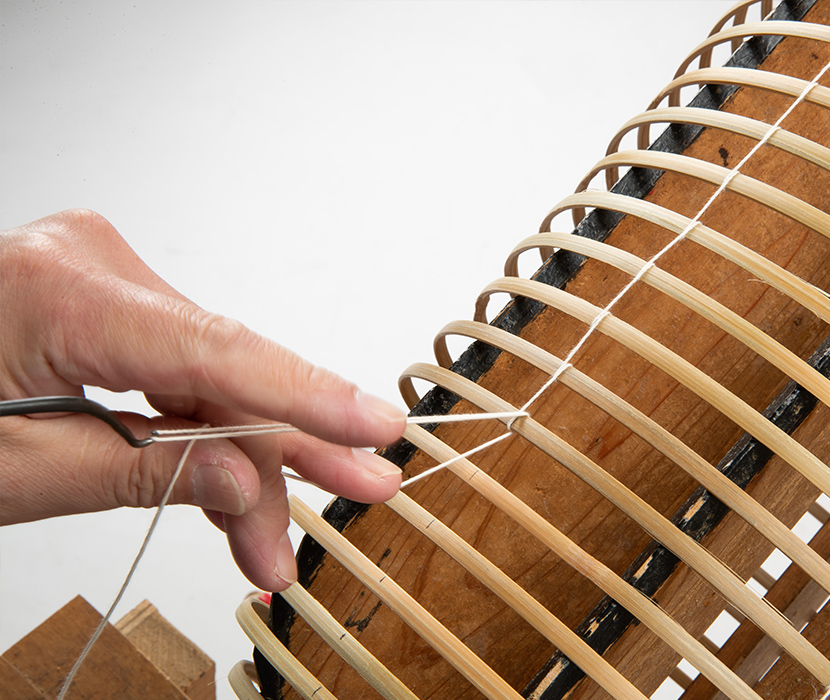
そのルーツは江戸時代、水戸藩の下級藩士たちの生活を支えた提灯づくりにあります。
竹ひご一本一本を輪にして糸を絡めていく掛け糸技法でつくられた構造はとても丈夫で、そこに水戸藩が奨励して作らせた和紙の中でもひときわ丈夫な西ノ内(にしのうち)和紙を貼りますから、できあがった提灯は水戸藩の気風どおりの堅牢で質実剛健なものになりました。
The origins of this paper lantern can be traced back to the Edo period (1603-1867), when it was used to support the lives of the lower-ranked samurai of the Mito domain (feudal domain).
The structure is made using the kakeito (hanging string) technique, in which individual bamboo strips are looped and twisted together with string, to create a very sturdy structure.
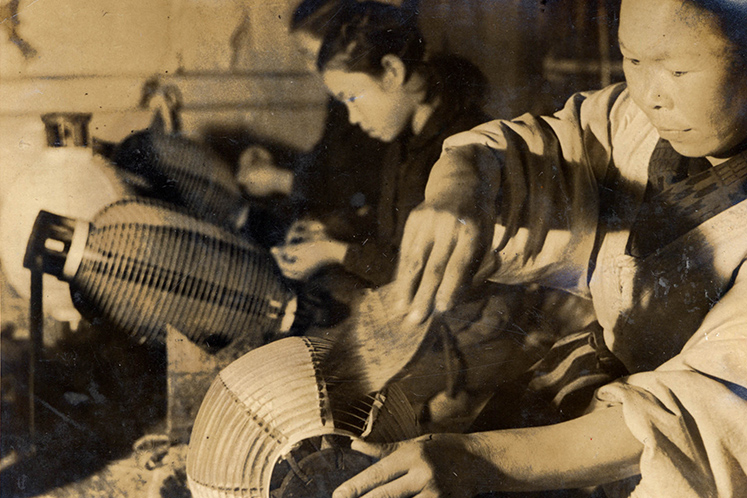
提灯の技と魅力を受けついで未来へ
丈夫で使いやすい水府提灯は評判を呼び、江戸はもとより、関東・甲信越・東北地方などに広まっていきました。江戸が東京になってからもこの提灯は使われ続け、最盛期には水戸市内では30店以上もの提灯専門問屋や店があったといいます。
Passing on the skill and charm of lanterns to the future
Suifu chochin were well received for their durability and ease of use, and they spread not only to Edo but also to the Kanto, Koshinetsu, and Tohoku regions. Even after Edo became Tokyo, these chochin continued to be used, and at its peak, there were more than 30 wholesale stores and stores specializing in chochin in Mito City.
しかし、戦後になると、人びとの生活の変化で提灯が使われるシーンが減りました。そのため提灯づくりの職人や提灯問屋・販売店も次第に減り、伝統的な技術の継承も細々としたものになっています。
In the postwar period, however, the use of chochin decreased due to changes in people's lifestyles. As a result, the number of chochin-making craftsmen, chochin wholesalers, and dealers has gradually decreased, and the transmission of traditional techniques has become more and more limited.
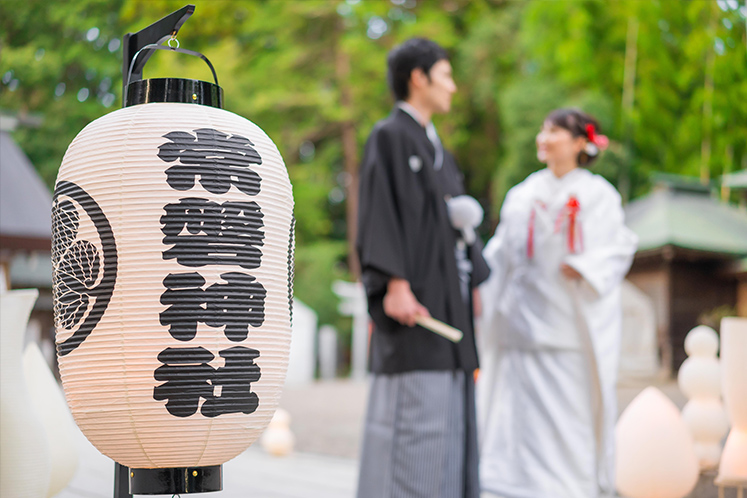
私たち鈴木茂兵衛商店は、1865(慶応元)年の創業以来、お祭りやお盆など様々な場面で使われる提灯をつくり続け、皆さまへお届けしてきました。私たちは先達たちが伝えてくれた提灯の技と魅力を守りつつ、さらに研究と工夫を重ねながら、皆さまの暮らしを暖かく彩る提灯、現代のそして未来の水府提灯づくりに努めていきます。
Since its establishment in 1865, SUZUKI MOHEI SHOTEN has continued to produce and deliver chochin used in various occasions such as festivals and Obon festivals. While preserving the techniques and charm of "Suifu chochin" handed down by our predecessors, we will continue our research and innovation to create chochin that will warmly decorate your daily life, the "Suifu chochin" of today and the future.
